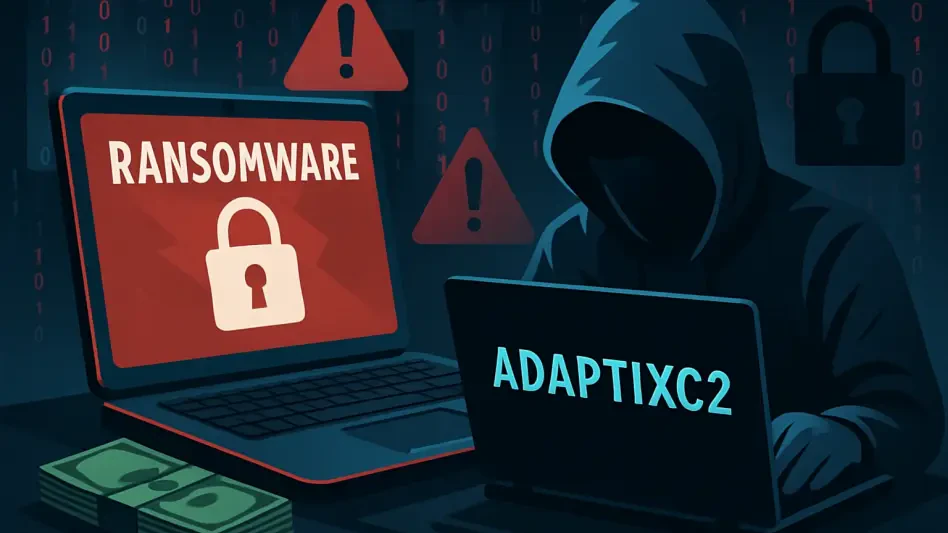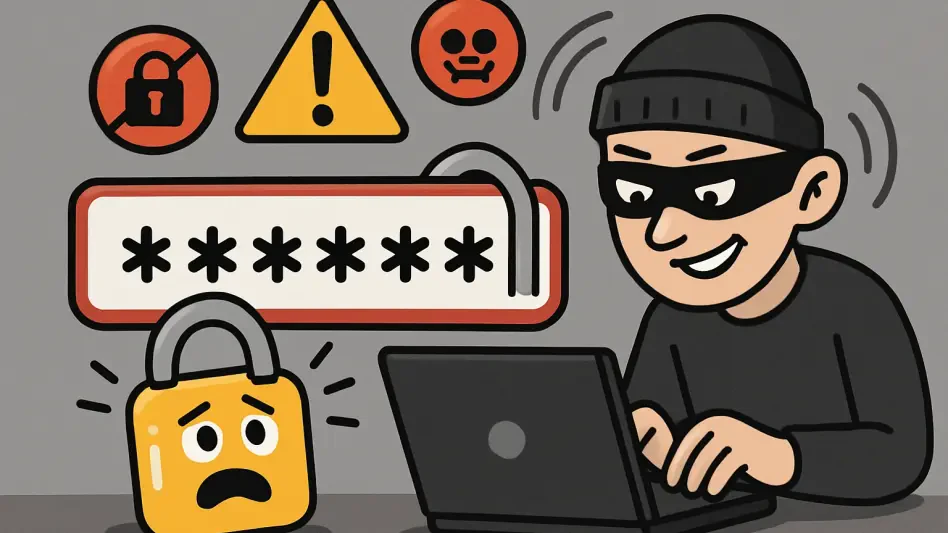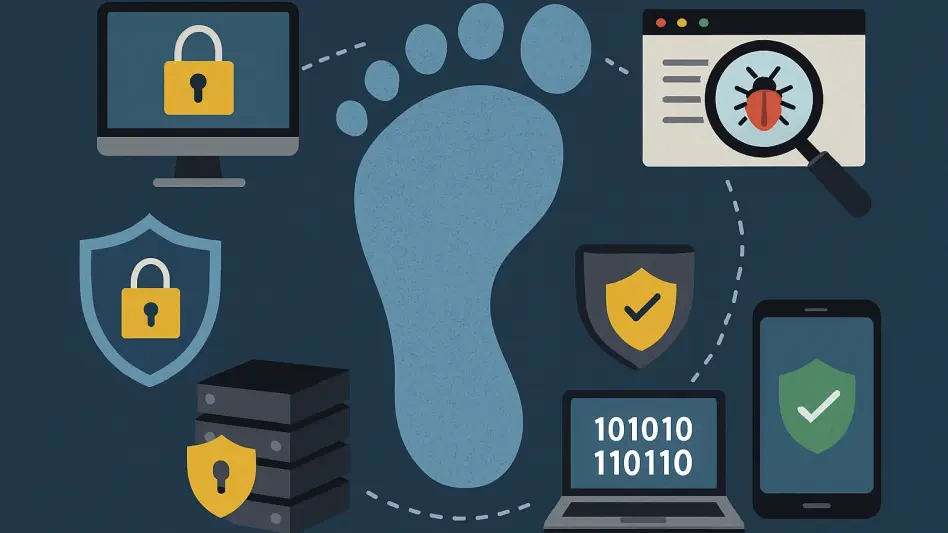In today’s cybersecurity landscape, the rapid evolution of phishing attacks presents a persistent challenge. Cybercriminals have become more sophisticated, constantly refining their techniques to outsmart current defenses. Notably, legacy security systems, which many organizations still rely on, are proving increasingly inadequate against these modern phishing threats. A particular phishing campaign targeting Capital One customers illustrates this trend, highlighting the need for enhanced cybersecurity measures.
Phishing Campaign Tactics Exposed
The Intricacies of Credential Harvesting
The campaign, brought to light by the KnowBe4 Threat Lab, demonstrates an advanced credential harvesting operation. Attackers aim to deceive Capital One customers into surrendering sensitive online banking information. By leveraging compromised email accounts to dispatch phishing emails, they bypass reputation-based detection systems, a method commonly employed by secure email gateways (SEGs) and standard security solutions. These emails are crafted using stylized HTML templates closely resembling the Capital One brand to lend authenticity. Themes of urgency, such as fraud alerts and account access issues, compel recipients to act swiftly, often bypassing rational judgment.
Upon engaging with these deceptive emails, victims are directed to credential-harvesting websites crafted to mimic legitimate Capital One pages. These sites are structured to capture sensitive user data inconspicuously, showcasing the campaign’s robust infrastructure. The attackers employ tactics such as operating across multiple domains and effectively rotating these sites to evade signature-based detection by traditional security systems. This strategic sophistication reflects the continually advancing skills of cybercriminals, enabling them to operate under the radar of routine phishing detection methods.
The Shift in Cybercriminal Strategies
An observed trend is the growing preference of attackers to exploit compromised legitimate email accounts rather than create fake ones. This shift not only showcases an enhanced level of sophistication but also facilitates bypassing many traditional detection systems. Social engineering tactics are increasingly employed, with attackers tailoring messages to evoke fear or urgency, thus manipulating victims successfully. These tactics exploit emotional vulnerabilities, increasing the likelihood of achieving deceitful objectives.
Through these refined techniques, attackers are not only enhancing their success rates but also challenging the effectiveness of older security systems. The increased use of Generative AI (GenAI) has further elevated phishing attacks’ craftiness, allowing cybercriminals to create personalized and psychologically compelling emails effortlessly. This evolution signifies the pressing need for contemporary defenses to address these more intelligent and emotionally manipulative phishing methods adequately.
Limitations of Legacy Detection Tools
The Limitations of Signature-Based Systems
Legacy detection systems, largely reliant on signatures and reputation, struggle to contend with modern phishing threats. Cybercriminals’ ever-evolving methods outpace these traditional defenses, rendering them increasingly ineffective. The campaign targeting Capital One customers illustrates the critical inadequacies of outdated security measures, prompting a reevaluation of existing cybersecurity strategies. Traditional methods, anchored principally in signature and reputation detection, are ill-suited to address contemporary challenges driven by sophisticated cyber tactics and technologies.
Another key aspect of the phishing campaign is its use of URLs shortened via X’s (formerly Twitter’s) legitimate URL shortening service. This technique obscures the destination of links, leaving recipients unaware of the final landing sites. Attackers have differentiated the infrastructure for credential exfiltration from that hosting phishing websites, further complicating detection by conventional security tools. This separation enhances operational security, a testament to the ingenuity cybercriminals employ to mask activities effectively from legacy detection systems.
The Role of Emotional Manipulation and AI
With legacy systems faltering, GenAI has emerged as a game-changer in phishing campaigns, equipping attackers with tools to craft emails that are both personalized and emotionally charged. These emails exploit human emotions, introducing a layer of sophistication that traditional detection mechanisms struggle to neutralize. The increased automation provided by AI tools signifies a paradigm shift in phishing tactics, underscoring the inadequacies of systems rooted in older technologies.
Thus, the reliance on tools that prioritize signatures, reputations, and static lists proves insufficient in combating the escalating threat vectors. As cybercriminals continue to evolve their strategies, organizations must acknowledge the limitations of their existing tools, recognizing the need for significant upgrades to meet future security challenges. The disparity between current threats and older defenses highlights the essential shift towards adopting more dynamic and responsive security measures.
Advancing Cybersecurity Measures
The Necessity for Enhanced Security Solutions
To counter these sophisticated phishing campaigns, a shift towards more advanced email security solutions is critical. Organizations are encouraged to deploy systems powered by artificial intelligence capable of identifying and neutralizing a wider spectrum of threats, surpassing the capabilities of traditional SEG and native solutions. This technological evolution is pivotal in bridging the gap between outdated defenses and modern threats, essentially reshaping the cybersecurity landscape.
Employee training emerges as another vital component of fortified cybersecurity strategies. By simulating realistic phishing scenarios in a controlled environment, businesses can educate their workforce on identifying and responding appropriately to phishing attempts. Continuous, real-time micro-training tailored to employees’ needs significantly enhances their ability to make informed security decisions. This empowered workforce forms the frontline defense against increasingly sophisticated cyber threats.
Bridging the Knowledge Gap with Training
Educating employees on phishing threats creates a proactive strategy in the cybersecurity arsenal. Through ongoing, personalized training programs, organizations can significantly mitigate human risk, an often exploited vulnerability in phishing operations. By fostering a culture of awareness and vigilance, businesses enhance their overall security posture, transforming potential weak links into robust defenders against phishing threats.
In conjunction with these training initiatives, an increased focus on advanced technologies such as AI-driven detection tools is necessary. Continual advancements in cyber defense systems must parallel the rapid evolution of phishing tactics. By integrating state-of-the-art technologies with meticulous training regimens, organizations can construct a formidable defense mechanism capable of withstanding existing and emerging phishing challenges effectively.
Evolving Towards Robust Cyber Defenses
In the ever-changing world of cybersecurity, the rapid evolution of phishing attacks poses an ongoing challenge for organizations worldwide. Cybercriminals are becoming increasingly sophisticated, continually advancing their tactics to bypass even the most current security measures. This has rendered many legacy security systems, which numerous organizations still depend on, progressively ineffective against today’s more advanced phishing schemes. A recent campaign aimed specifically at Capital One customers highlights this unsettling trend and underscores the critical necessity for improved cybersecurity defenses. The scope of this attack demonstrates the innovative methods employed by hackers, who often cleverly disguise phishing emails to mimic official communications from reputable banks, thereby misleading unsuspecting recipients. To combat these threats effectively, organizations must invest in state-of-the-art security technologies and educate employees and consumers about recognizing and avoiding these deceptions. This proactive approach is essential to safeguarding sensitive information and maintaining the trust of clients and consumers.








